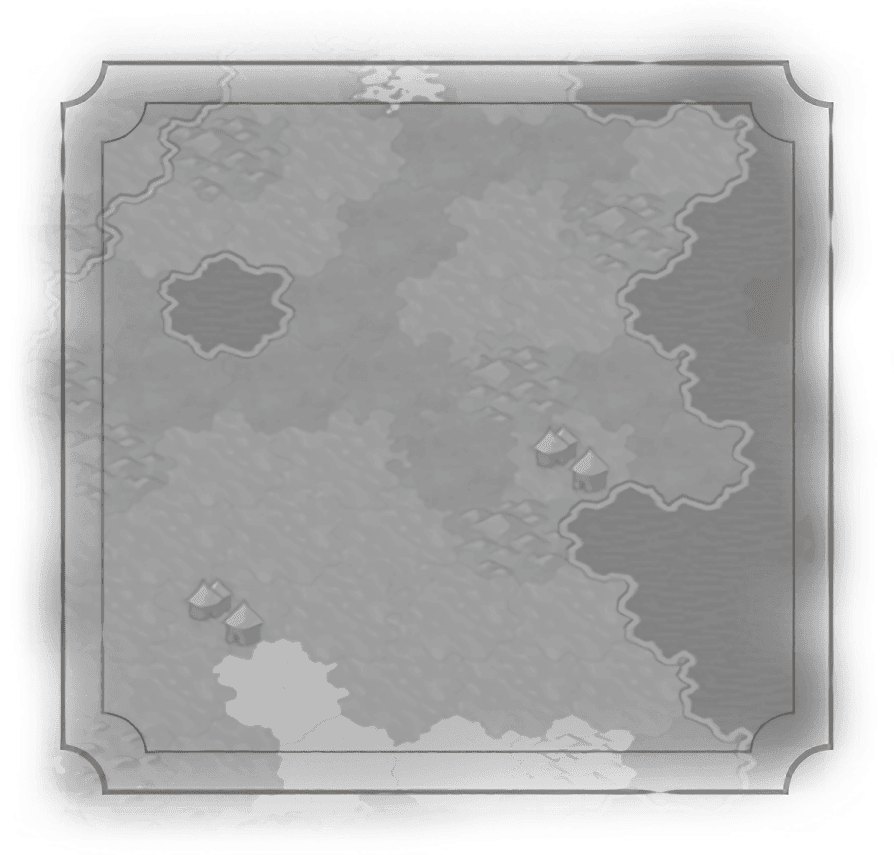Improvements
Airstrip
Alcázar
Barricade
Batey
Cahokia Mounds
Camp
Château
Chemamull
City Park
Colossal Head
Corporation
Farm
Feitoria
Fishery
Fishing Boats
Fort
Geothermal Plant
Golf Course
Great Wall
Hacienda
Ice Hockey Rink
Industry
Kampung
Kurgan
Lumber Mill
Mahavihara
Mekewap
Mine
Missile Silo
Mission
Moai
Modernized Trap
Monastery
Mountain Tunnel
Nazca Line
Nubian Pyramid
Offshore Oil Rig
Offshore Wind Farm
Oil Well
Open-Air Museum
Outback Station
Pā
Pairidaeza
Pasture
Plantation
Polder
Qhapaq Ñan
Quarry
Reinforced Barricade
Rock-Hewn Church
Roman Fort
Seaside Resort
Seastead
Ski Resort
Solar Farm
Sphinx
Stepwell
Terrace Farm
Trading Dome
Trap
Vampire Castle
Wind Farm
Ziggurat
Routes


Sphinx
Description
Unlocks the Builder ability to construct a Sphinx, unique to Egypt.
+1 Faith and +1
Faith and +1  Culture. +2 Appeal. +2
Culture. +2 Appeal. +2  Faith if next to a wonder. +1
Faith if next to a wonder. +1  Culture if built on Floodplains. Additional
Culture if built on Floodplains. Additional  Culture once Natural History is discovered. Provides
Culture once Natural History is discovered. Provides  Tourism after researching Flight. Cannot be built next to another Sphinx. Cannot be built on Snow or Snow Hills.
Tourism after researching Flight. Cannot be built next to another Sphinx. Cannot be built on Snow or Snow Hills.
+1
 Faith and +1
Faith and +1  Culture. +2 Appeal. +2
Culture. +2 Appeal. +2  Faith if next to a wonder. +1
Faith if next to a wonder. +1  Culture if built on Floodplains. Additional
Culture if built on Floodplains. Additional  Culture once Natural History is discovered. Provides
Culture once Natural History is discovered. Provides  Tourism after researching Flight. Cannot be built next to another Sphinx. Cannot be built on Snow or Snow Hills.
Tourism after researching Flight. Cannot be built next to another Sphinx. Cannot be built on Snow or Snow Hills.Historical Context
In contrast to the Greek version, the Egyptian sphinx has a human head on a lion’s body, is benevolent, and is the guardian of temples and tombs. Perhaps the first Egyptian sphinx constructed was during the Fourth Dynasty (c. 2500 BC) that depicted the face of Queen Hetepheres II, daughter of famed Khufu. But the sphinx was a common motif among those eternity-obsessed pharaohs; other famous ones include that depicting Hatshepsut and the “alabaster sphinx” of Memphis. Then there is that “Great Sphinx” at Giza that bears the likeness of the pharaoh Khafra (who is otherwise historically insignificant). Smaller ones lined the approaches to tombs and temples, and any number were put at the top of stairways in palaces and public places. By the 18th Dynasty, one could hardly swing a cat in Egypt without hitting a sphinx.

Traits
Unique To
+1  Culture
Culture
 Culture
Culture+1  Faith
Faith
 Faith
FaithAppeal to Adjacent Tiles: 2
+1  Culture (requires Natural History)
Culture (requires Natural History)
 Culture (requires Natural History)
Culture (requires Natural History)
Description
Unlocks the Builder ability to construct a Sphinx, unique to Egypt.
+1 Faith and +1
Faith and +1  Culture. +2 Appeal. +2
Culture. +2 Appeal. +2  Faith if next to a wonder. +1
Faith if next to a wonder. +1  Culture if built on Floodplains. Additional
Culture if built on Floodplains. Additional  Culture once Natural History is discovered. Provides
Culture once Natural History is discovered. Provides  Tourism after researching Flight. Cannot be built next to another Sphinx. Cannot be built on Snow or Snow Hills.
Tourism after researching Flight. Cannot be built next to another Sphinx. Cannot be built on Snow or Snow Hills.
+1
 Faith and +1
Faith and +1  Culture. +2 Appeal. +2
Culture. +2 Appeal. +2  Faith if next to a wonder. +1
Faith if next to a wonder. +1  Culture if built on Floodplains. Additional
Culture if built on Floodplains. Additional  Culture once Natural History is discovered. Provides
Culture once Natural History is discovered. Provides  Tourism after researching Flight. Cannot be built next to another Sphinx. Cannot be built on Snow or Snow Hills.
Tourism after researching Flight. Cannot be built next to another Sphinx. Cannot be built on Snow or Snow Hills.Historical Context
In contrast to the Greek version, the Egyptian sphinx has a human head on a lion’s body, is benevolent, and is the guardian of temples and tombs. Perhaps the first Egyptian sphinx constructed was during the Fourth Dynasty (c. 2500 BC) that depicted the face of Queen Hetepheres II, daughter of famed Khufu. But the sphinx was a common motif among those eternity-obsessed pharaohs; other famous ones include that depicting Hatshepsut and the “alabaster sphinx” of Memphis. Then there is that “Great Sphinx” at Giza that bears the likeness of the pharaoh Khafra (who is otherwise historically insignificant). Smaller ones lined the approaches to tombs and temples, and any number were put at the top of stairways in palaces and public places. By the 18th Dynasty, one could hardly swing a cat in Egypt without hitting a sphinx.
Traits
Unique To
+1  Culture
Culture
 Culture
Culture+1  Faith
Faith
 Faith
FaithAppeal to Adjacent Tiles: 2
+1  Culture (requires Natural History)
Culture (requires Natural History)
 Culture (requires Natural History)
Culture (requires Natural History)


